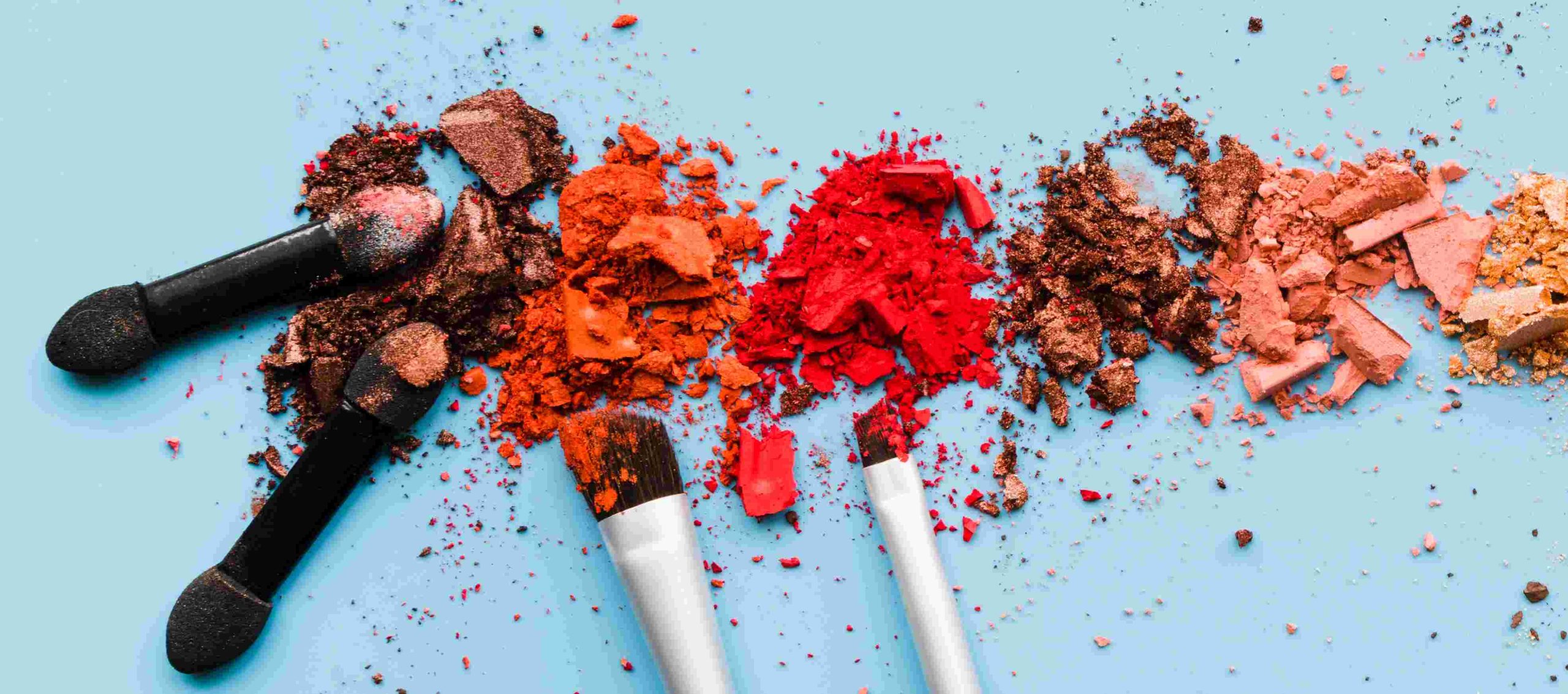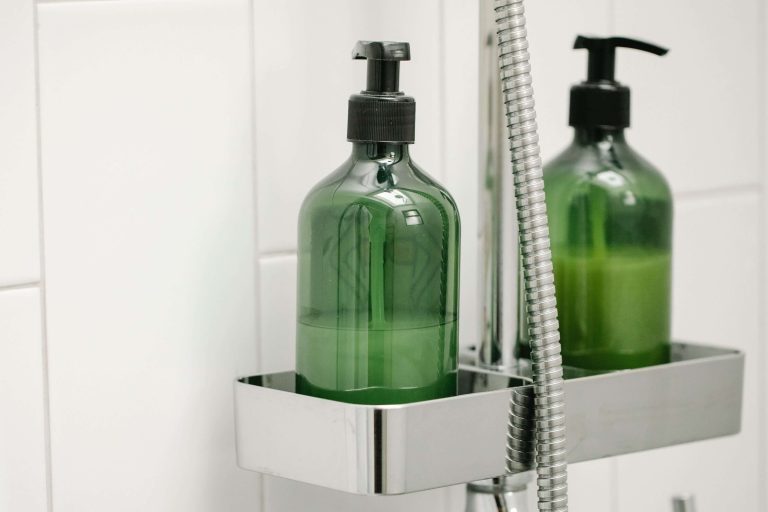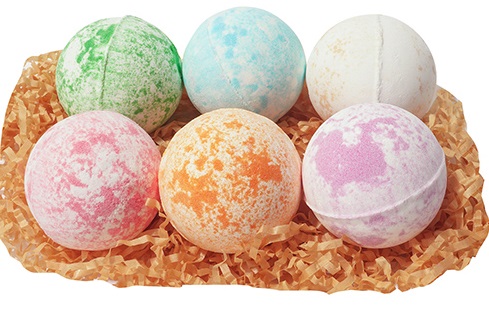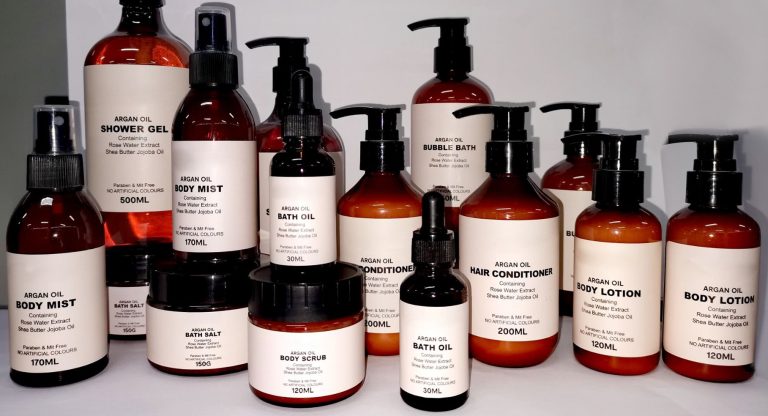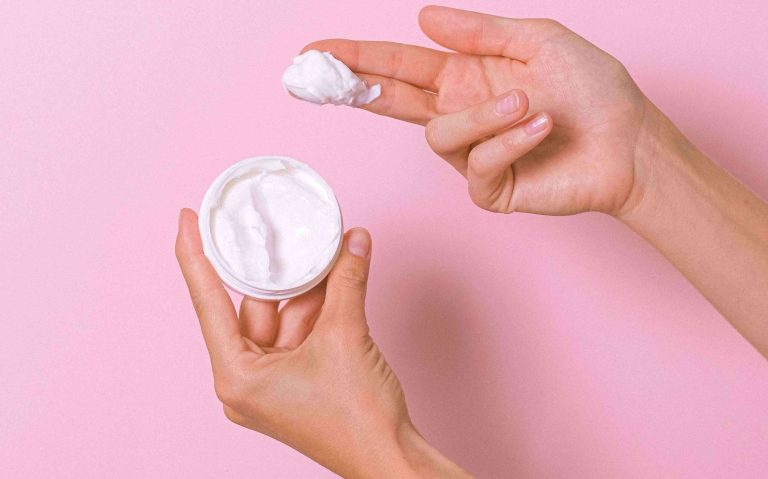Natural vs. Synthetic Colorants in Beauty and Personal Care Products
Pigments are substances added to cosmetics to make them colorful by absorbing or reflecting visible light. They are commonly found in eye shadow, blush, foundation, lipstick, and other cosmetics. The use of pigments enriches the types of cosmetics and enhances the visual beauty of cosmetics.
Colorants can be roughly divided into the following categories:
01 Organic synthetic pigments
These pigments are made in a lab and offer strong covering power and coloring strength. They are widely used in lipsticks, blushes, and other decorative cosmetics. However, some synthetic pigments may pose potential health risks, such as allergic reactions.
Cosmetic manufacturers must purchase raw materials from qualified suppliers and inspect the raw materials to ensure that the raw materials meet quality standards.
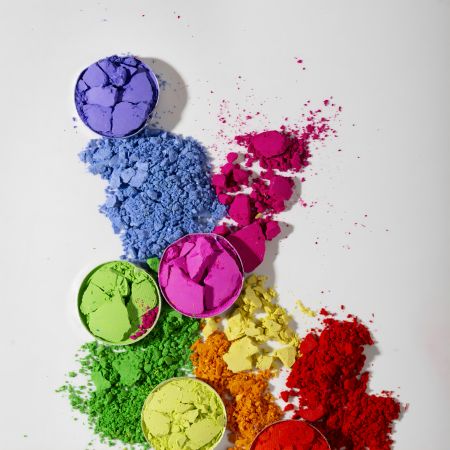
02 Inorganic pigments
These pigments are derived from minerals and generally have lower vibrancy and coloring power compared to synthetic colorants. However, they offer better lightfastness and are less likely to cause allergies, making them suitable for foundations and eyeshadow powders.
03 Pearlescent pigments
These pigments impart a shimmering or iridescent effect to cosmetics. They are often derived from fish scales or mica and are commonly used in nail polishes, eyeshadow powders, compacts, and lipsticks.
04 Natural Colourants
These pigments are extracted from plants, animals, or minerals. They are generally considered safe and often have additional skincare benefits.
The colors and fragrances in natural cosmetics mainly come from substances in nature, which are extracted and processed to obtain substances with dyeing properties. Natural pigments are generally non-toxic or low-toxic, less irritating, and safe for the human body, and the natural skincare ingredients they contain are relatively stable.

Relatively stable and common ones include pepper red, carmine, yellow or orange β-carotene, chlorophyll, turmeric, impatiens, rose glycosides, red lycopene, green chlorophyll, blue-purple anthocyanins, white, black, and red mineral pigments.
However, natural pigments can be more expensive and have weaker coloring power than synthetic pigments. At the same time, some natural pigments have light resistance and sources are scarce., which limits their application in cosmetics.
| Property | Organic Synthetic Pigments | Natural Pigments |
| Origin | Lab-made | Minerals, plants, animals |
| Vibrancy | Brighter, more vivid | More muted tones |
| Lightfastness | Generally better | Variable |
| Cost | Less expensive | More expensive |
| Availability | Consistent, readily available | Variable availability |
| Shelf Life | Generally longer (years) | Variable (months to years) |
Some Natural Colorants used in Cosmetics
Cochineal Scales: The Beautiful Little Bugs
Cochineal Scales are used to extract cochineal red pigment, which is commonly used in lipsticks, eyeshadows, and blushes. These insects are a valuable source of this natural, non-toxic pigment, and their demand is increasing. Cochineal red is often marketed as a selling point for natural cosmetics due to its safety and effectiveness. However, cochineal Scales have very specific habitat requirements, making it challenging to meet the growing demand for their pigment. Additionally, cochineal red is a water-soluble pigment, so it needs to be converted into cochineal carmine before it can be used in lipsticks.
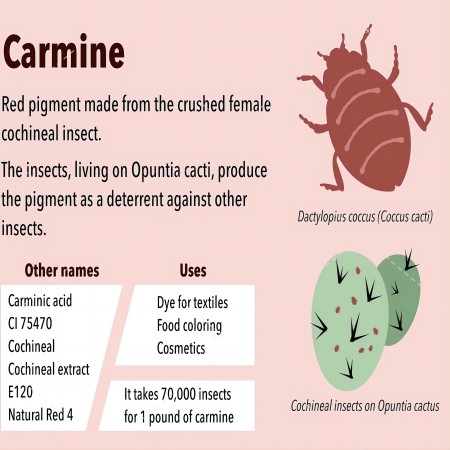
Chili Peppers: A Staple on the Dinner Table and in Cosmetics
Chili peppers play a significant role in our lives, serving as both an ingredient and a condiment. But did you know that some chili peppers can also be used in cosmetics? These peppers are not meant for eating; instead, they are used to extract chili pepper red pigment, a natural colorant.
Chili pepper red pigment is a vibrant, stable, and highly coloring natural colorant. It is primarily extracted from mature red chili pepper fruits and contains capsaicinoids, which give chili peppers their spicy flavor. The pigment is used mainly in high-end cosmetics and other products, and the demand for chili pepper red pigment far exceeds the supply.
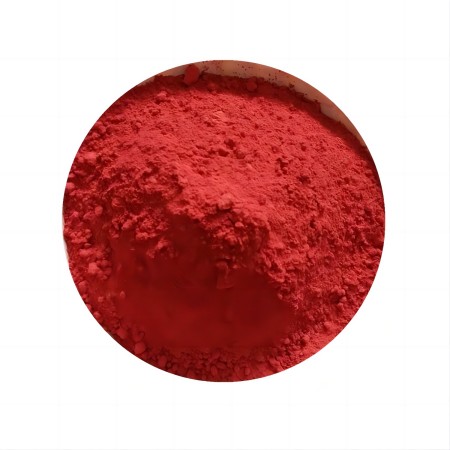
Natural pigments are generally considered safe, but due to the complex composition of natural pigments, the structure may change during processing, or impurities may be mixed in, so we cannot blindly assume that it is pure and harmless.
However, it’s worth emphasizing that modern production, management, analytical testing, and process improvement measures can effectively minimize the potential adverse effects of both synthetic and natural pigments to a safe level. As long as the use of pigments is strictly adhered to the relevant laws and regulations, pigments will bring people joy and pleasure.

